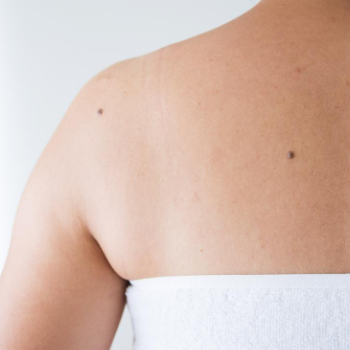PRICELIST OF SERVICES
Special offer
News
Blog
- Facts and myths
- Acne treatment
- Report from a treatment procedure
- FAQ
- Graceful body silhouette
- From the life of our clinic
- Hair
- About our treatment procedures
- Advice
- About devices
It is a safe, effective and minimally invasive treatment procedure involving removal of such lesions as veruccas (commonly known as warts), fibromas, milia (milk spots), xanthelasma (yellow deposits of fat), and genital warts (condylomata acuminata) using a surgical laser. The treatment procedure usually leaves no scars and, in most cases, it is enough to undergo one session to achieve the desired effects.

Laser removal of skin lesions is a safe, effective and minimally invasive treatment procedure involving removal of such lesions as veruccas (commonly known as warts), fibromas, milia (milk spots), xanthelasma (yellow deposits of fat), and genital warts (condylomata acuminata) using a surgical laser.
A surgical laser is a device commonly used in aesthetic dermatology, especially in the therapy of skin lesions. It emits a beam of light invisible to the naked eye, which is absorbed by the water outside and inside cells. Once the energy of the CO2 laser has been absorbed by the hydrated cells, it evaporates, leading to the formation of a coagulation zone in the affected area. The procedure does not cause any thermal damage to the surrounding tissues, which makes it possible for the treatment area to heal within a few days. A huge advantage of the laser treatment is the fact that it leaves no scars and the desired effect can be achieved after just one session.
Each treatment procedure is preceded with a consultation appointment during which the physician diagnoses the lesions and qualifies them for either laser removal or surgical excision. The lesions qualified for laser therapy may be removed as soon as during the consultation appointment. In the event where the lesions require surgical intervention, it is necessary to schedule an appointment with a surgeon. Learn more about surgical excision of skin lesions here.
Laser removal of skin lesions is always preceded by a consultation appointment with a dermatologist. The physician examines the lesions under a microscope and decides whether or not they qualify for either laser or surgical removal.
Once they are qualified for laser removal, the operative area is anaesthetised (with a cream or through a thin needle). Next, in the procedure proper, a laser beam is directed only to the sites with skin lesions, leaving the surrounding tissues intact.
Before the treatment, the area with skin lesions is anaesthetised, which makes the procedure absolutely pain-free.
In the majority of cases, a single procedure is enough to achieve the desired final effect.
The expected duration of the treatment procedure depends on the number, size and location of the skin lesions. However, it usually takes from 15 to 30 minutes.
The treatment procedure results in the formation of small scabs in the place of the lesions removed. The healing process can take anywhere from a few days to a few weeks. Due to the fact that new epidermis is formed at the irradiated site, this area must be protected from sunlight, using SPF 50 creams. We also recommend using specialist creams that accelerate the healing process (e.g. Cicaplast, Cicabio).
In order to accelerate healing, it is recommended to expose the treated area to LED lights available in our clinic. A phototherapy (lights therapy) boosts regeneration thereby accelerating the healing process. Learn more about LED lights therapy here.






| Laser removal of skin lesions: warts, fibromas, milium, fine: atheromas, molluscum contagiosa (MC) |
from PLN 300 |
| Laser removal of pointed condyloma in males and females | from PLN 500 |
| Laser removal of skin lesions on the eyelids (xanthelasma) | from PLN 500 |